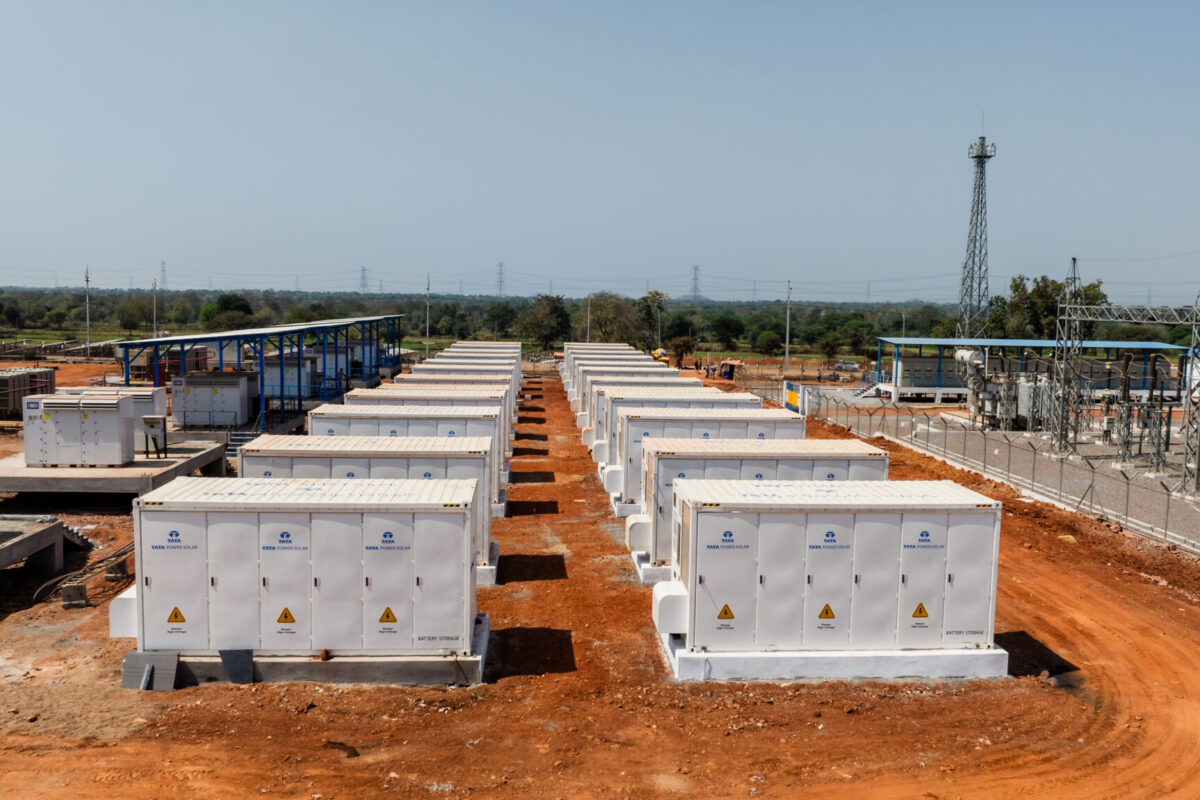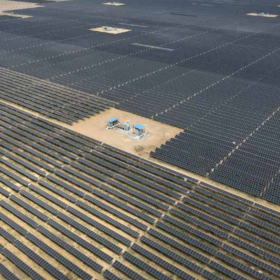India is at a pivotal moment in its energy story. With our nation’s rapid embrace of renewable energy, the accelerating shift to electric vehicles, and the growing need for reliable electricity at home and work, our energy infrastructure is facing unprecedented demands. At the heart of this massive change is a single technology that’s revolutionizing how we store and use power: the lithium-ion battery.
The rise of energy storage in India
Around the world, energy storage is becoming a cornerstone of the clean energy transition, and India is right in the middle of it. Our energy needs are growing fast, and as we integrate more solar and wind power, we absolutely need a way to store that energy efficiently.
Lithium-ion batteries are leading this charge. They pack more power into a smaller space, charge faster, and last much longer than older lead-acid batteries. While we see them everywhere in electric cars, their use in homes and businesses is exploding. This shift isn’t just about cool technology; it’s about making our power grid more resilient. By providing backup during blackouts, easing pressure during peak hours, and helping us use more renewable energy, storage solutions are helping India build a more stable, sustainable, and self-reliant power system.
A necessity for homes and businesses
For many, using lithium-ion technology is no longer a luxury—it’s a necessity. Homeowners now have a reliable way to get power during outages and can store excess energy to use after. All without the noise and pollution of a diesel generator. For businesses, these batteries ensure operations continue uninterrupted, help them save money on peak-hour electricity costs, and provide a buffer against an increasingly unpredictable grid.
A supportive policy environment
The Indian government is playing a crucial role in shaping the future of energy storage. The recent Union Budget has lowered customs duties on key raw materials and allowed for duty-free imports of battery manufacturing equipment. The Production-Linked Incentive (PLI) scheme is poised to boost our domestic manufacturing capacity significantly—aiming for 25 GWh by 2025 and 50 GWh by 2030. Additionally, viability gap funding is making large-scale storage projects financially viable. This support is not only lowering costs for consumers but also fueling investment and innovation, allowing companies to create world-class solutions right here in India.
Making renewables reliable
With renewable energy now making up nearly half of our installed power capacity, storage is the key to making clean energy truly dependable. On a national level, large-scale storage projects will be vital for balancing the grid and ensuring a steady flow of power, even when the wind isn’t blowing or the sun isn’t shining. By 2030, India will need over 228.5 GWh of storage capacity to meet its climate goals, and lithium-ion technology will be central to reaching that target.
Overcoming challenges
Of course, we still face challenges, primarily our reliance on imported raw materials like lithium and cobalt. To tackle this, India is investing in building a strong recycling ecosystem and adopting circular economy practices. We are also pouring resources into local research and development for new battery chemistries. These steps are crucial for ensuring a stable, sustainable supply as demand continues its sharp rise.
Looking ahead
The future of energy storage in India is incredibly bright. From families in Delhi storing solar energy to power their homes at night, to factories in Gujarat optimizing their energy costs, lithium-ion technology is fast becoming an essential part of our daily lives.
Lithium-ion batteries are much more than just a part of electric vehicles; they are the bedrock of a cleaner, more reliable energy ecosystem for all of us.
The views and opinions expressed in this article are the author’s own, and do not necessarily reflect those held by pv magazine.
This content is protected by copyright and may not be reused. If you want to cooperate with us and would like to reuse some of our content, please contact: editors@pv-magazine.com.








2 comments
By submitting this form you agree to pv magazine using your data for the purposes of publishing your comment.
Your personal data will only be disclosed or otherwise transmitted to third parties for the purposes of spam filtering or if this is necessary for technical maintenance of the website. Any other transfer to third parties will not take place unless this is justified on the basis of applicable data protection regulations or if pv magazine is legally obliged to do so.
You may revoke this consent at any time with effect for the future, in which case your personal data will be deleted immediately. Otherwise, your data will be deleted if pv magazine has processed your request or the purpose of data storage is fulfilled.
Further information on data privacy can be found in our Data Protection Policy.